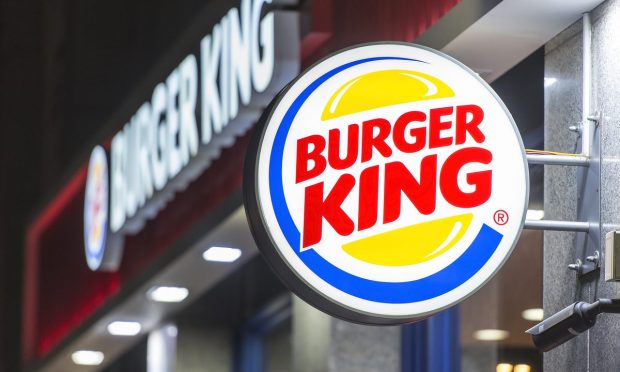Burger King to Roll Out Rewards Nationwide as Brands Compete with Aggregators for Customer Loyalty

Seven months after launching the initial pilot, loyalty latecomer Burger King announced Thursday (Sept. 2) that it is rolling out its rewards program nationwide. Before the end of the month, consumers will be able to earn points (“crowns”) through the brand’s Royal Perks program at two-thirds of the chain’s United States locations.
See also: Burger King Pilots Rewards Program Amid Growing QSR Loyalty Competition
The Context
With the rise in third-party aggregators such as DoorDash and Grubhub, restaurants risk losing their relationships with their customers, as digital ordering goes from the exception to the norm. By rewarding frequent purchasing with loyalty points, restaurants have the opportunity to win back their relationships with consumers from these third-party marketplaces. They can once again own the transaction, building relationships with their regular customers through relevant deals, offers and personalized messaging.
What Consumers Are Saying
Loyalty programs such as these increase customers’ spending. PYMNTS data from the March 2021 edition of our Delivering on Restaurant Rewards report, created in collaboration with Paytronix, find 82 percent of customers ordering from chain quick-service restaurants (QSRs) order food online, and the average restaurant customer spends more each month on online orders than on dine-in or phone orders ($169 versus $144 and $132, respectively). Additionally, 4 in 10 restaurant customers would be encouraged to spend more if the restaurant from which they were ordering offered a loyalty and rewards program.
Related news: Loyalty Rewards Drive Spending For Large QSRs, Independent Restaurants
What the Experts Are Saying
For a loyalty program to succeed, it needs to offer the payment features that consumers are looking for.
“Guest expectations have changed forever. Exceeding them requires not only improving the loyalty offering but using program data to improve the guest experience,” Michelle Tempesta, head of product and marketing for Paytronix, told PYMNTS. “Brands like Panera Bread and Jimmy John’s positioned themselves well by being early adopters of Apple Pay and Google Pay. They enabled diners to not only pay but to pass their loyalty identifier via a contactless tap at the point of sale. Guests feel safe, and the brands deliver an exceptional experience.”
You may also like: Restaurant Loyalty Is Getting Smarter Every Day
Leading loyalty programs also target their messaging to the individual customer, with artificial intelligence (AI) informed communication based on that customer’s previous behavior and on similar consumers’ habits.
“We put a much greater focus on segmentation and artificial intelligence,” Andrew Rebhun, El Pollo Loco’s vice president of digital, told PYMNTS. “We’re really doing a much better job of understanding who our [customers] are and making sure we’re sending them offers and products that are most relevant to them.”
Read more: How El Pollo Loco Uses AI To Help Personalize Rewards Program Offerings
